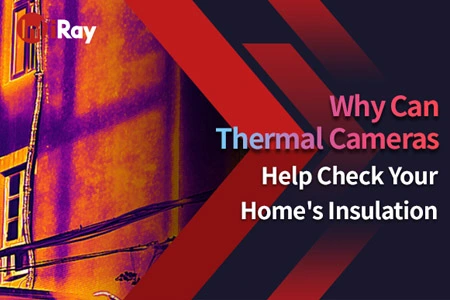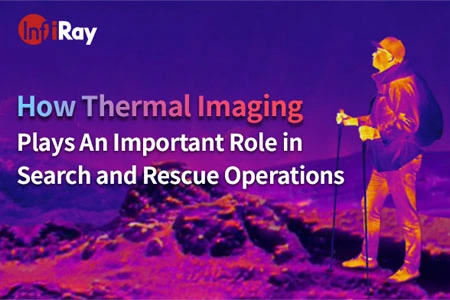Practical Applications of Thermal Imaging with 1280 High Thermal Resolution
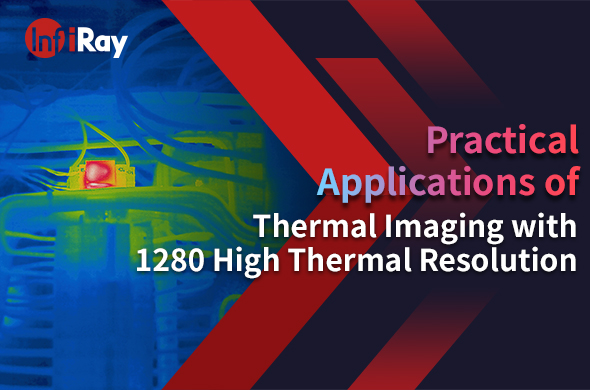
1280 high-resolution thermography has become a game changer in the constantly changing technological environment, allowing us to make huge strides, and providing unprecedented clarity and accuracy across all sectors. The technique boasts an astonishing 1280 even 1920 thermal resolution, and has created a new field of application that requires unmatched precision and level of detail. Let us take a look at the actual use of these advanced techniques, and see how they are changing our attitude toward inspections, safety, environmental research, and even medical diagnosis.
Key Features of Thermal Imaging with 1280 High-Resolution
Higher resolution makes sure that each detail is captured with extraordinary clarity. This is particularly important in applications where slight temperature changes may indicate a potential problem. High-resolution thermography offers not only a lively picture but also accurate temperature measurements. This is essential for situations that require precision, for example for electric or mechanical testing. Furthermore, the higher number of pixels allows for more in-depth analysis and allows the expert to use the full set of data to make an informed choice. This is a major step beyond normal thermal imaging, particularly in areas like medical diagnosis.
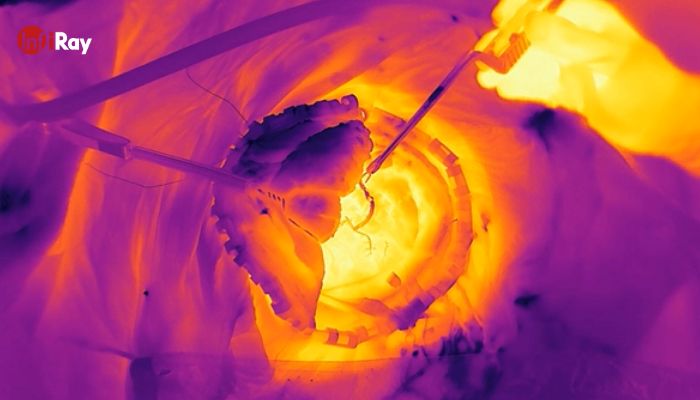
Applications in the Industry of the High-Resolution Thermal camera
1280 high-resolution thermal imaging is crucial in the field of construction inspection. It helps to recognize the isolation problems and locate the HVAC leakage to make sure that it is energy-efficient and structurally sound.
In electric testing, this technique goes beyond the detection of overheating components. It serves as a precaution against electric fires by alerting them to possible dangers before their escalation.
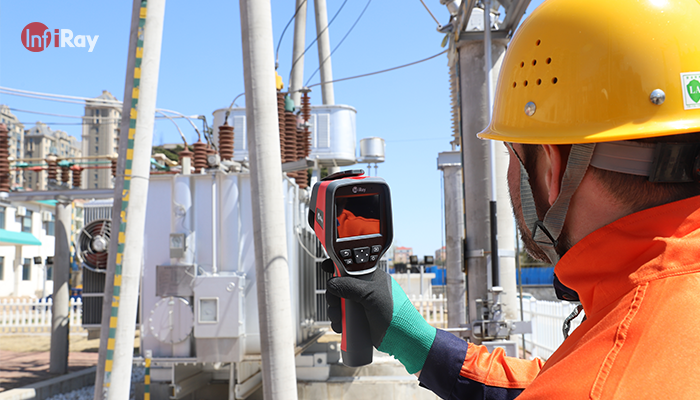
In the field of mechanical checks, thermal imaging helps predict maintenance by monitoring devices for anomalies. Such a proactive method can dramatically cut down on the number of times you need to maintain your system.
High-resolution thermal imaging has been widely used in security and surveillance, providing the ability to detect intruders in total darkness and to monitor perimeter safety with increased clarity.
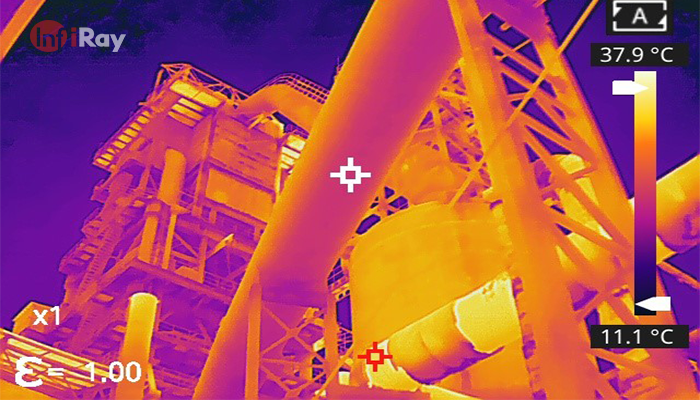
Scientific Applications of Thermal Imager in the Environment
In wildlife conservation, the 1280 high thermal resolution aids in tracking animal motion and monitoring population health. Conservation groups are now able to collect more accurate information so that they can make an informed decision on the conservation of biodiversity.
The technique is a good thing for environmental research. It enables the research on the impact of climate change and the mapping of the thermal distribution within the system, which will help us to know more about the dynamics of the Earth.
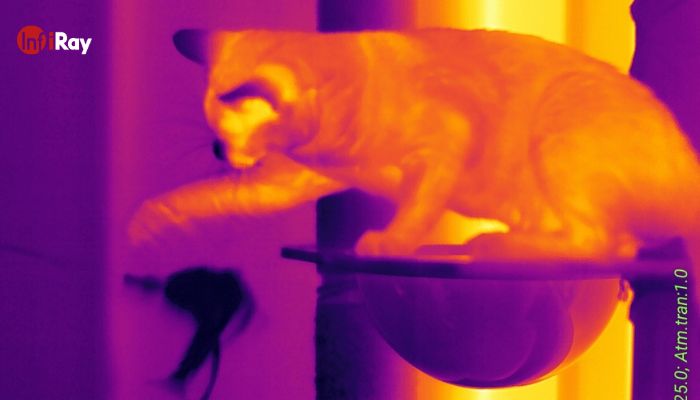
Medical Applications of High Thermal Resolution Cameras
High-resolution thermography has become a hot topic in the medical world. It makes it possible to detect inflammation at an early stage and to provide a noninvasive way to monitor the flow of blood, thus opening up new opportunities in patient care.
This technique is also a lifesaver for search-and-rescue operations. It helps the emergency response teams by finding lost people under low-visibility conditions, improving the effectiveness of relief operations.
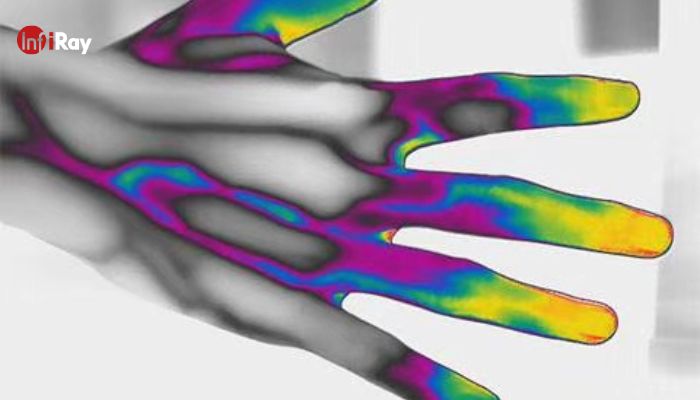
Future Developments
With the development of technology, we can expect even greater resolution and more complex functions, which will extend the range of thermal imaging. Also, high-resolution thermography and AI are in the foreground. This can increase the analytical capacity, which will lead to a more automated and more efficient way.
1280 high-resolution thermal imaging is a revolutionary technique with applications across all sectors. The capacity to offer unparalleled clarity and accuracy is changing the way we deal with inspections, safety, environment research, and medical diagnosis. In the future, the continued development of this technique has the potential for even more breakthrough applications.

 français
français  Deutsch
Deutsch  Español
Español  italiano
italiano  русский
русский  português
português  العربية
العربية  日本語
日本語  한국어
한국어  magyar
magyar 




